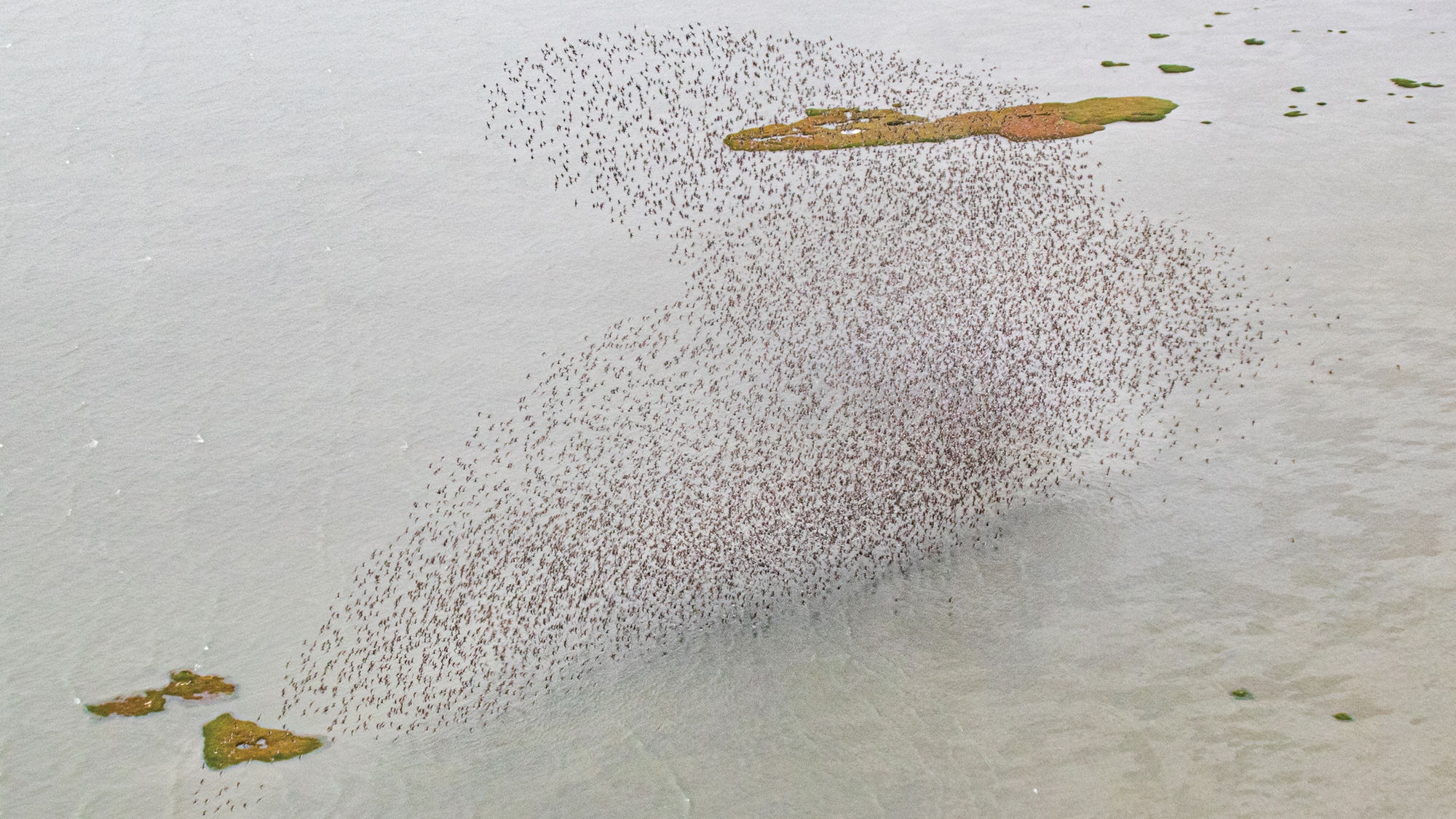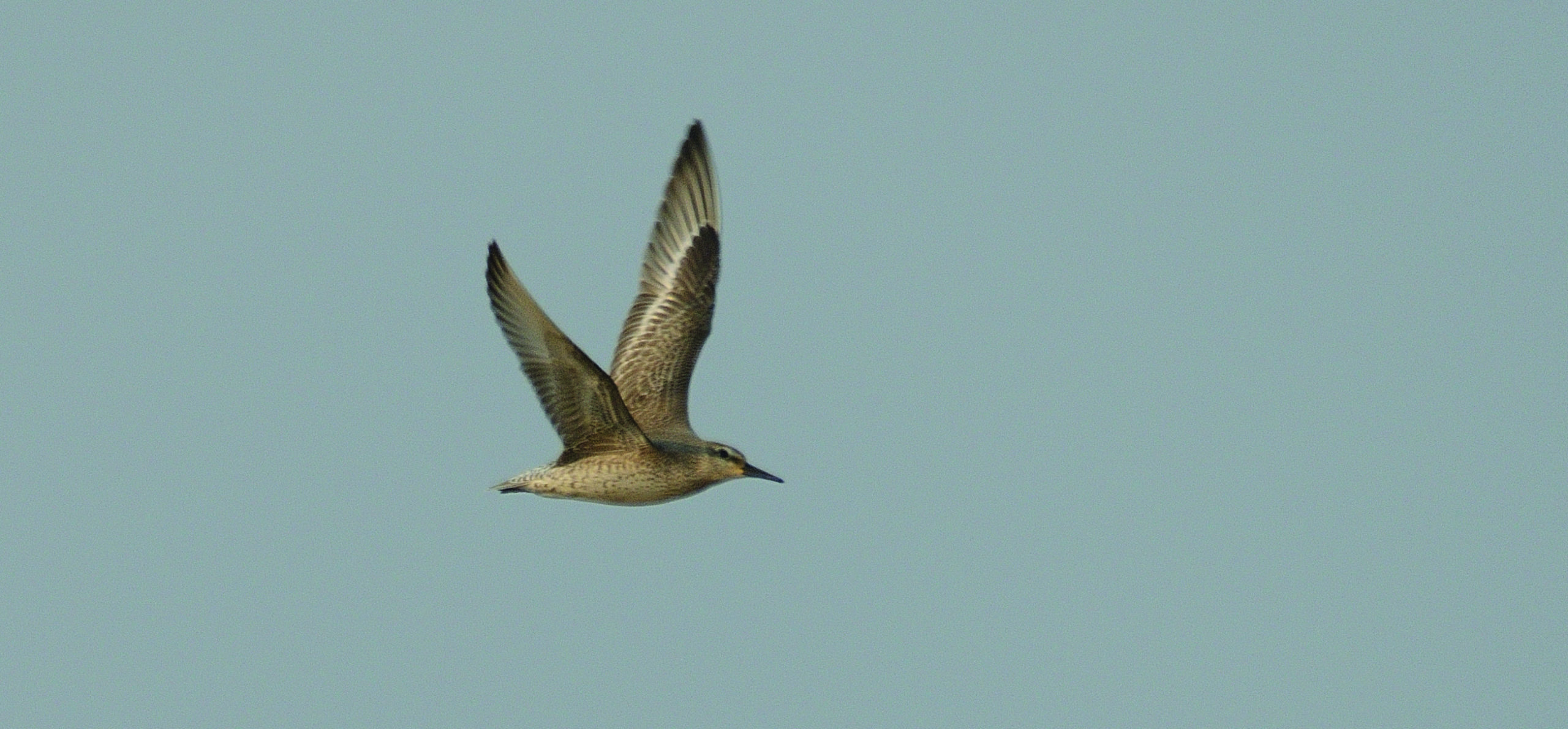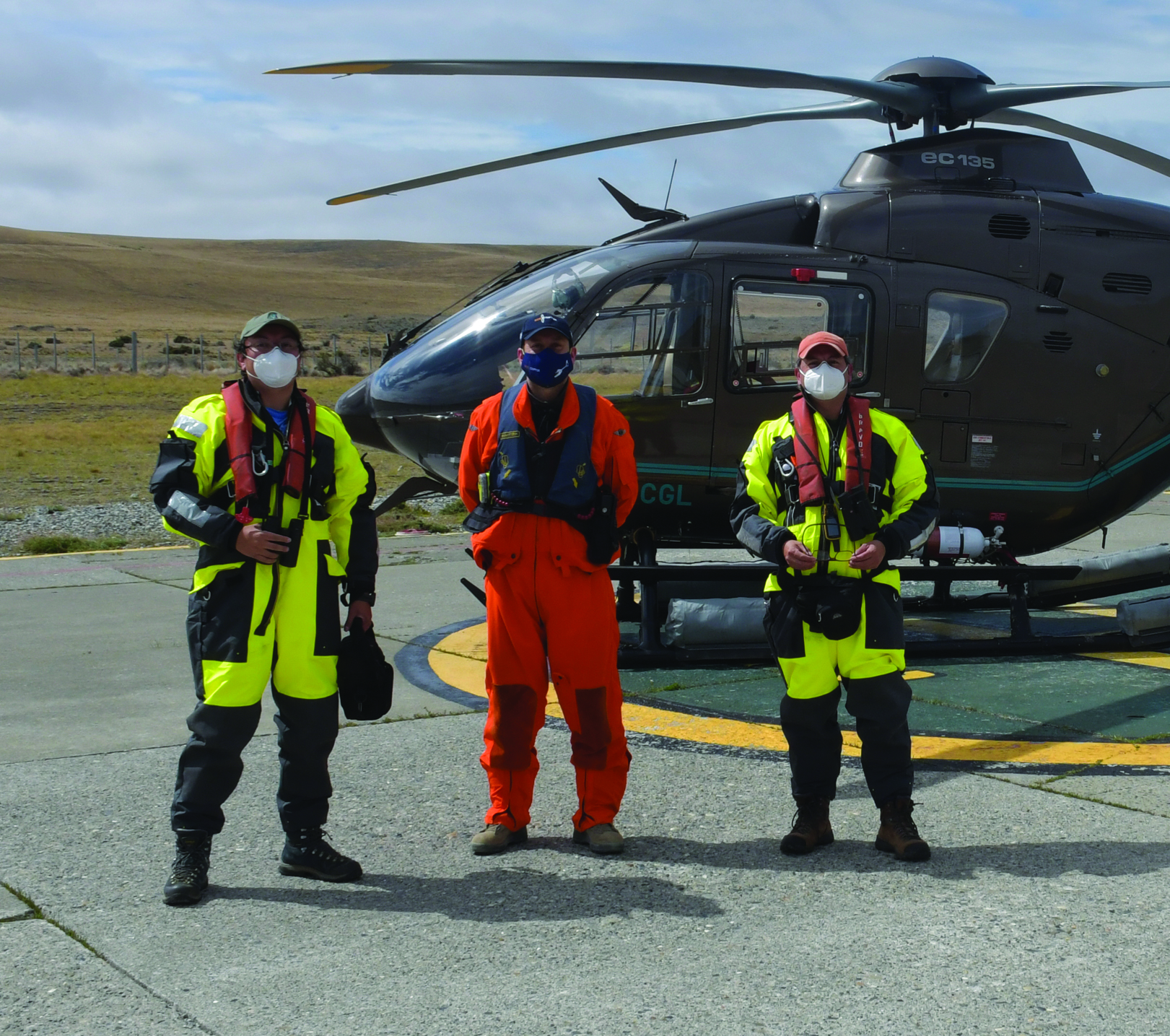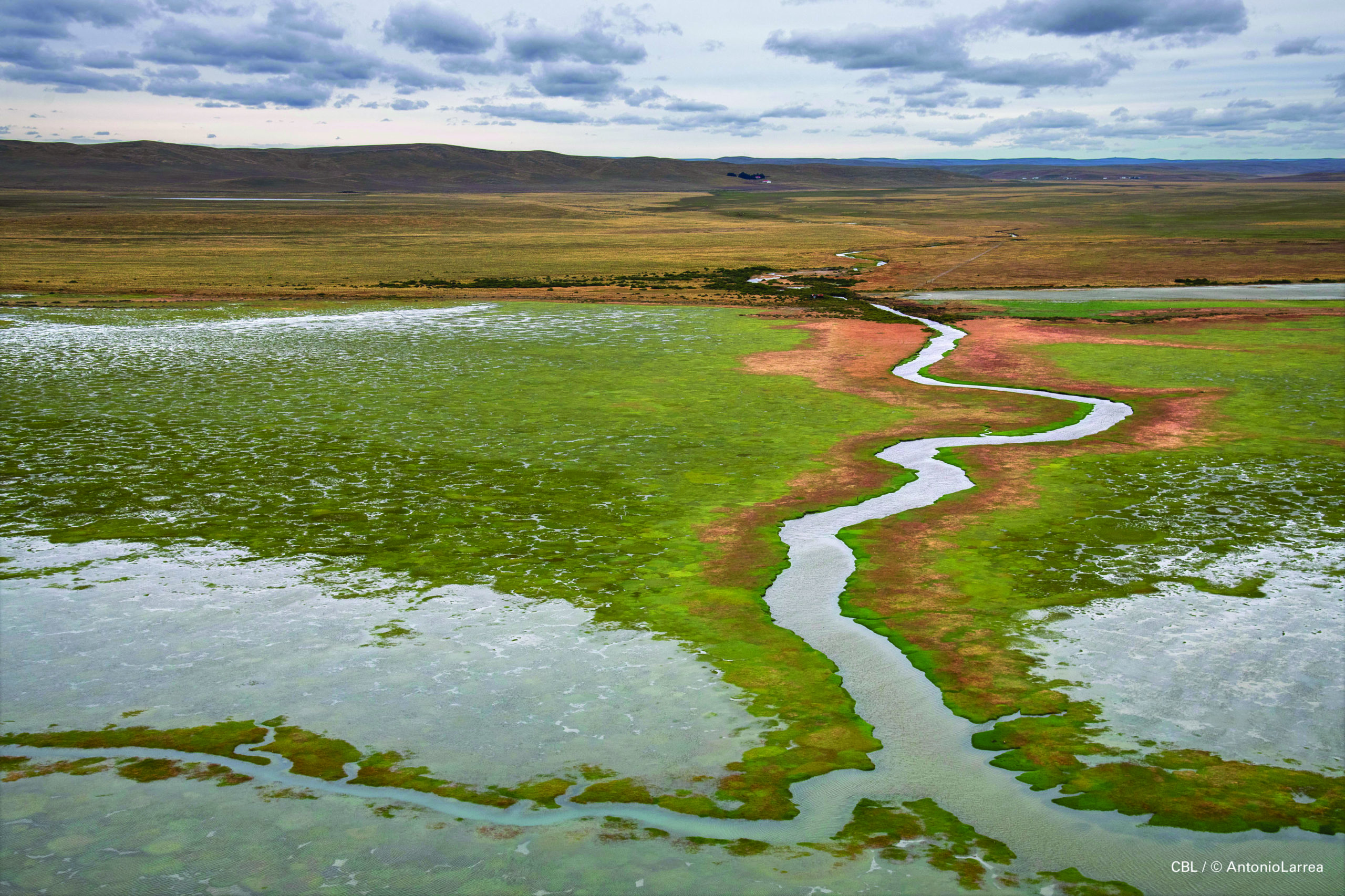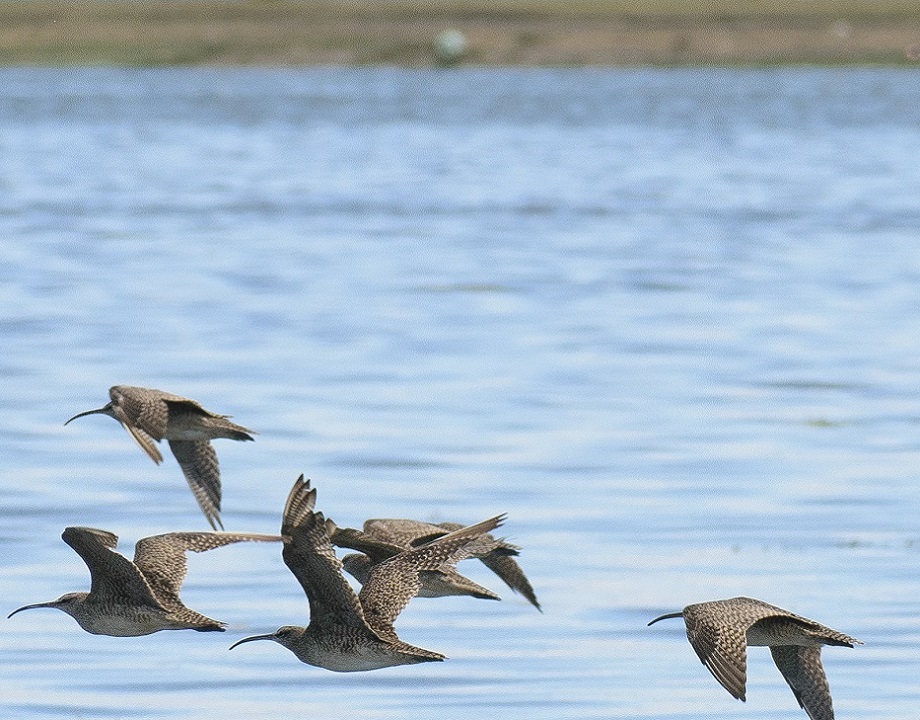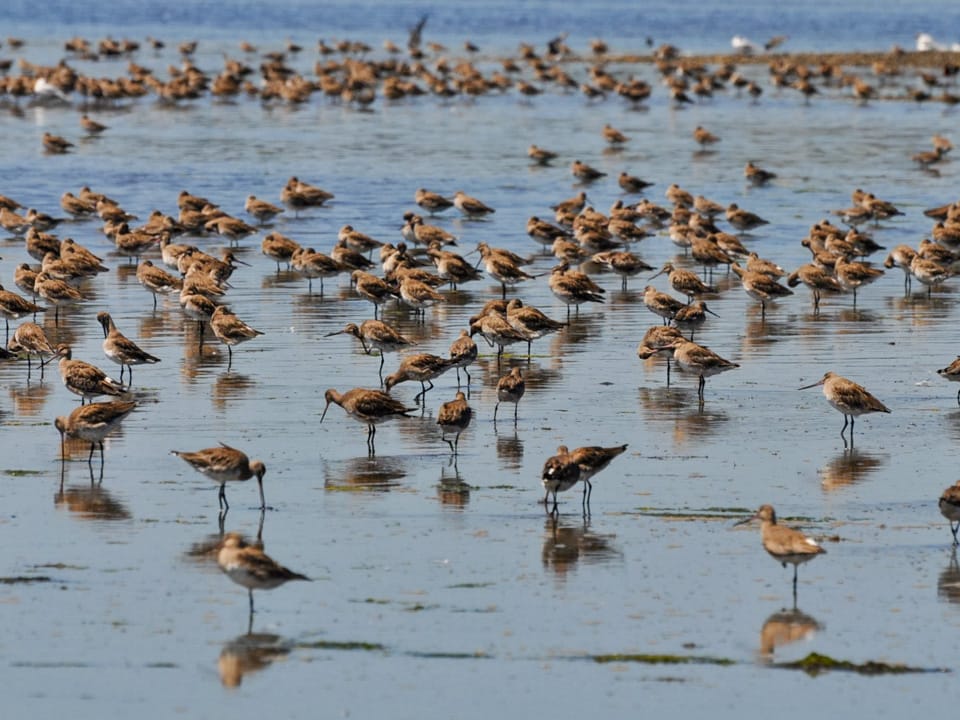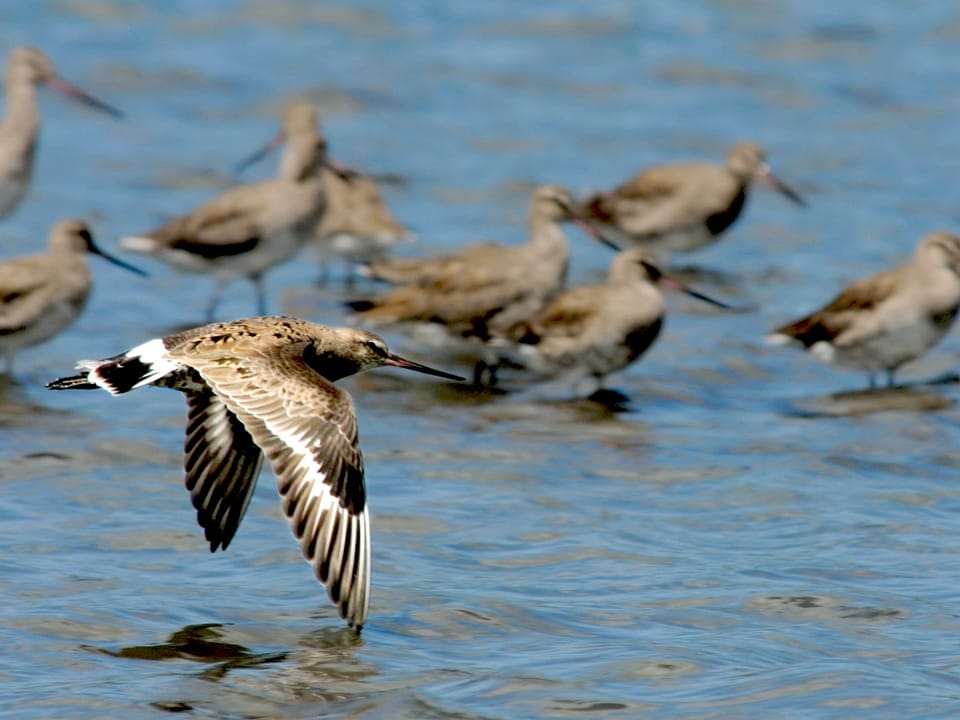By Brad Winn
A single Red Knot flew down out of the clouds over Paraguay on September 17 this year. It landed on the exposed wet sand at the mouth of the Pilcomayo River, close to the city of Asunción. Major rivers in this part of South America are exceptionally low for the second year in a row as drought continues to grip the vast Pantanal region of Brazil located to their north. The low water is creating an abundance of exposed mud banks and sand bars downstream of the extensive dryness. Open, wet sand has the promise of food just under the surface for hungry shorebirds, and this Red Knot read the cues, landed, and was photographed probing the sediment along the edge of the river. Knots have only been recorded ten times in landlocked Paraguay, according to Rob Clay, a resident of Asunción and Manomet’s VP of Flyways.
The knot looked smooth, showing all fresh feathers and no molting or worn-out plumage. It had a crisp, scaly pattern created by the fine, white-trimmed edging of small feathers covering its wings. Its legs were greenish rather than the typical dark gray, and it had a wash of buffy coloring on its breast and sides. This was a young knot on its first migration south. The feathers it had were all new; they grew as the bird grew, pushing the downy fluff aside as they emerged to shield the bird. As recently as July, this knot would have been 7,000 miles to the north, just a little chick about the size of a cherry tomato, running across the windswept rocky tundra slopes of eastern Arctic Canada.
What was this bird’s story? Why was it alone and not flying with a flock? What was it doing in the middle of the South American continent? Had it stopped somewhere else along its path south, maybe Texas, maybe Suriname, maybe pausing on an Amazon River sandbar in Brazil? What threats had it encountered and survived? These questions and more are asked frequently in shorebird conservation circles. Surprisingly, as much as we already know, and as much as we are continuing to learn about shorebird biology and managing their specific habitats, we feel a deep urgency to know more. Red Knots, and many other shorebird species, are not doing well in the Americas. One key question that rises to the top of our list when considering declining numbers of shorebirds is: How many of them are out there? Finding the answer is sometimes very hard. But every year, dedicated people using leading-edge tracking and computer technologies find the best available methods to count them.





 Back to all
Back to all